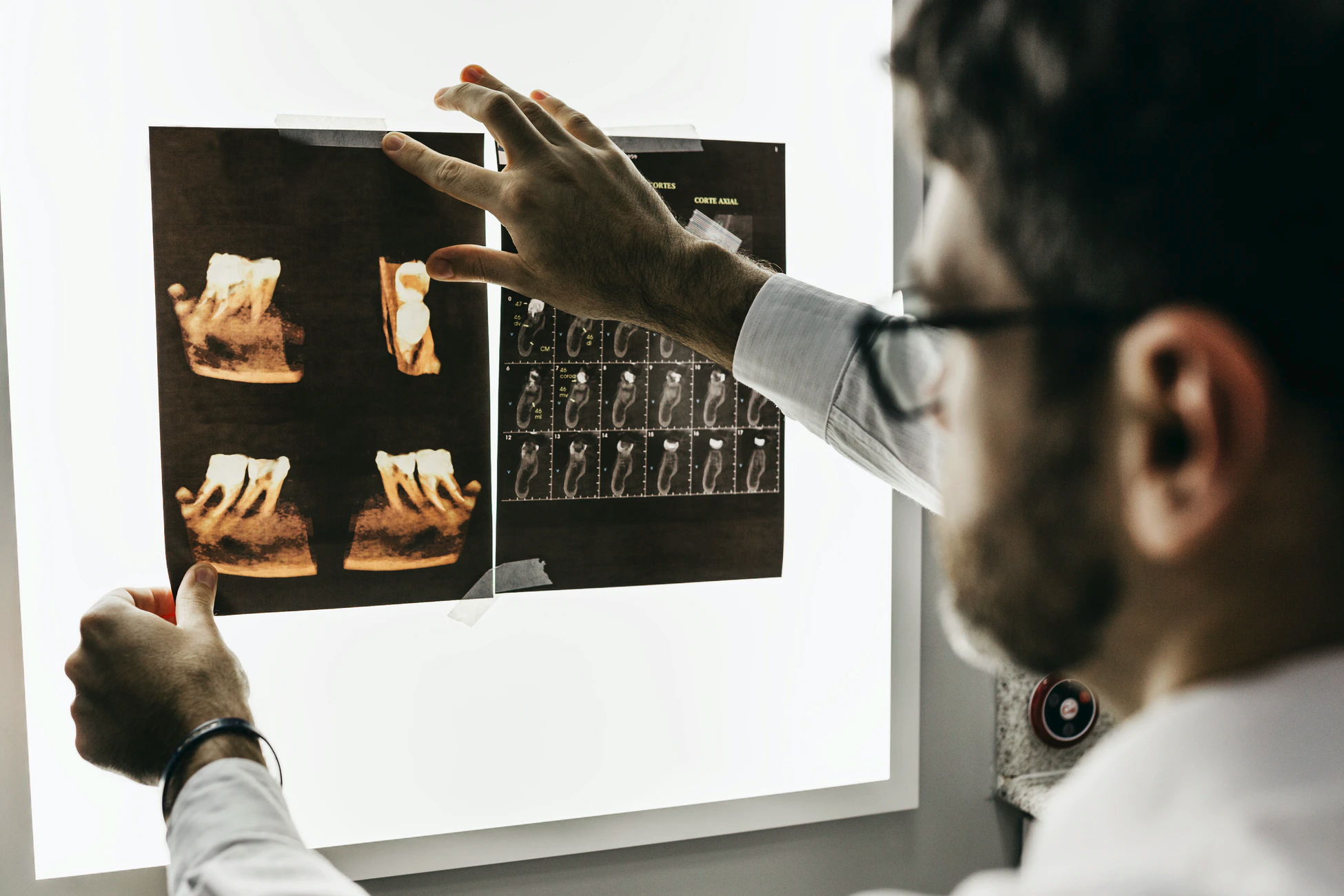
Wisdom teeth can lead to problems if they erupt in wrong positions due to lack of space.
Your wisdom teeth may also be impacted, which means they are trapped in your jaw or under your gums. This makes them more difficult to clean, develops food traps and will lead to the following problems:
The wisdom teeth removal procedure can be done by Specialists if it’s a complex case, to ensure a smooth process for patients.


Ready to learn more? Fill in the form below to book an appointment or submit your enquiry.
© 2019 Royce Dental Surgery. All Rights Reserved.